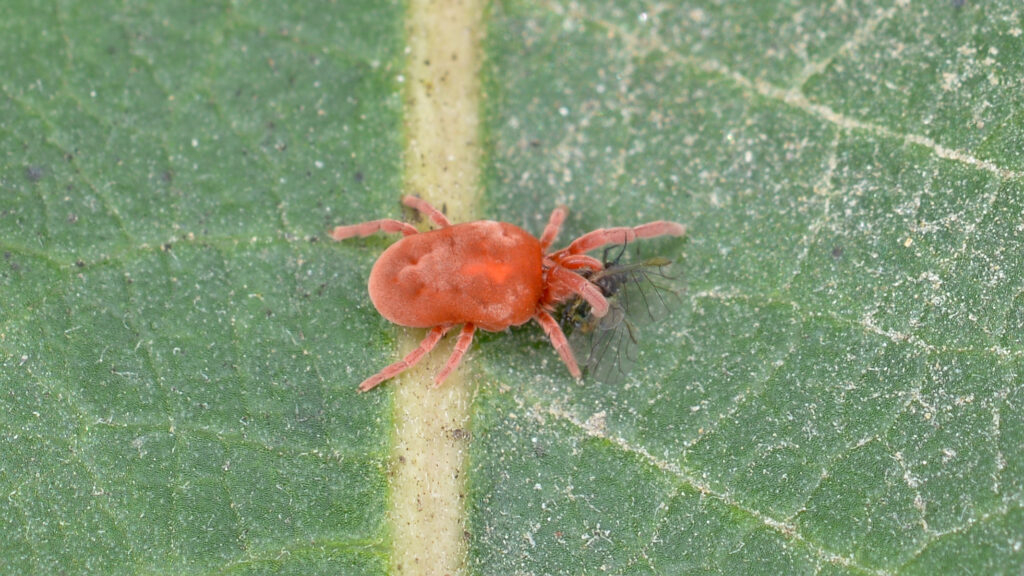When you think about the most successful creatures on our planet, your mind probably wanders to lions prowling the savanna, eagles soaring through the sky, or maybe dolphins dancing through ocean waves. But what if I told you that the true champions of Earth’s survival game are so small you’ve probably never even seen one clearly? Hidden in plain sight, these microscopic marvels have conquered every corner of our world, from the deepest ocean trenches to the highest mountain peaks, and yes, they’re probably living on your face right now.
The Invisible Empire Living Among Us
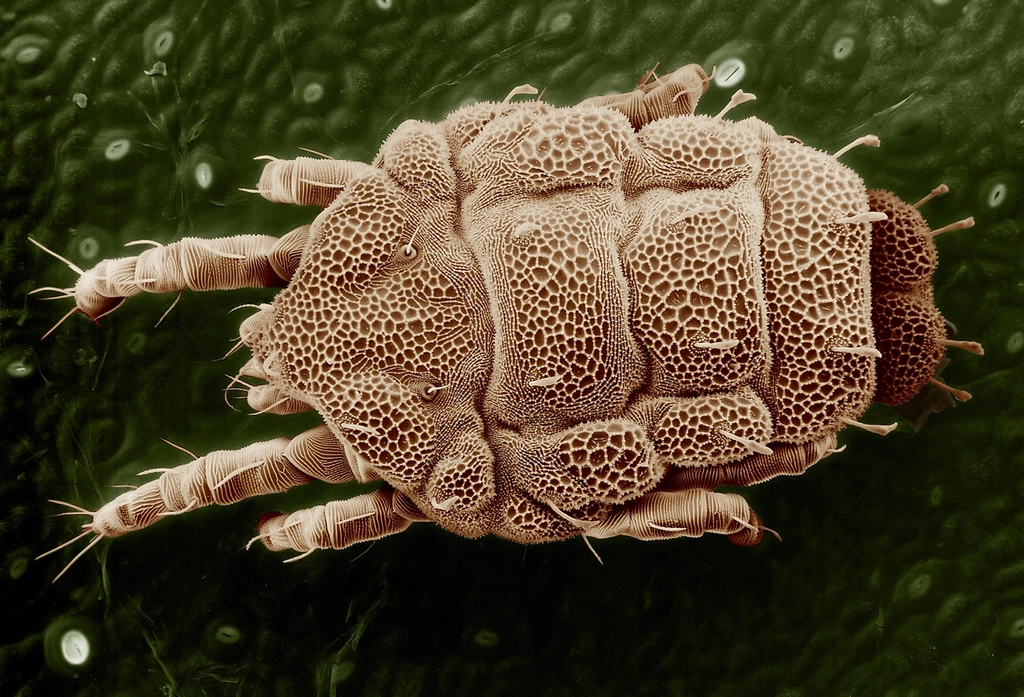
Mites represent one of the most diverse and abundant groups of arthropods on Earth, yet most people remain completely unaware of their existence. These tiny creatures, typically measuring less than a millimeter in length, belong to the class Arachnida, making them relatives of spiders and scorpions. What makes them truly remarkable isn’t just their size, but their sheer numbers and adaptability.
Scientists estimate that there are over 50,000 described species of mites, but this number represents only a fraction of what actually exists. Many researchers believe the true number could exceed 500,000 species, making mites one of the most species-rich groups on the planet. They’ve mastered the art of living undetected, thriving in environments where larger creatures would perish within minutes.
Masters of Extreme Survival
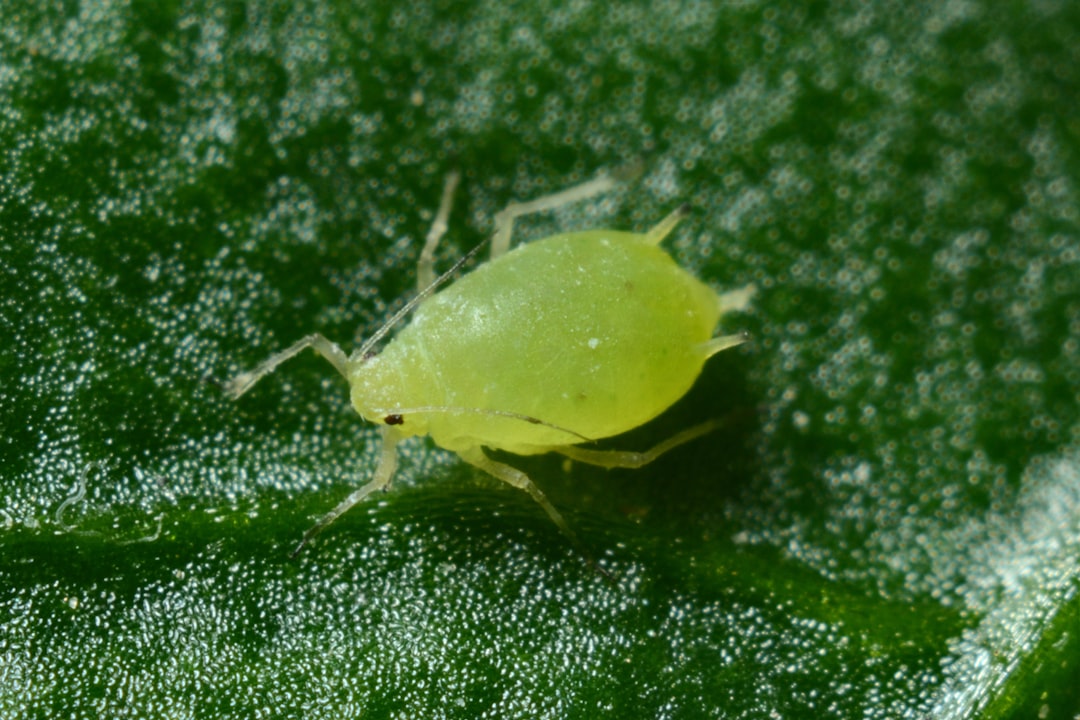
If mites were superheroes, their power would be absolute environmental adaptability. These creatures have colonized habitats that would make even the most resilient animals surrender. Deep-sea mites live in crushing pressures thousands of meters below the ocean surface, while others thrive in scorching desert sands that reach temperatures exceeding 60°C.
Some species have even been found in Antarctica’s frozen valleys, where temperatures plummet to -40°C and remain there for months. Arctic mites can survive being frozen solid for extended periods, essentially putting their biological processes on pause until conditions improve. This ability to enter cryptobiosis, a state of suspended animation, allows them to outlast environmental catastrophes that would wipe out entire ecosystems.
Perhaps most impressively, certain mite species have been discovered in radioactive environments near nuclear facilities, showing resistance to radiation levels that would be lethal to humans. Their cellular repair mechanisms work overtime to fix DNA damage, making them nearly indestructible in the face of environmental toxins.
The Shocking Truth About Your Personal Mite Colony
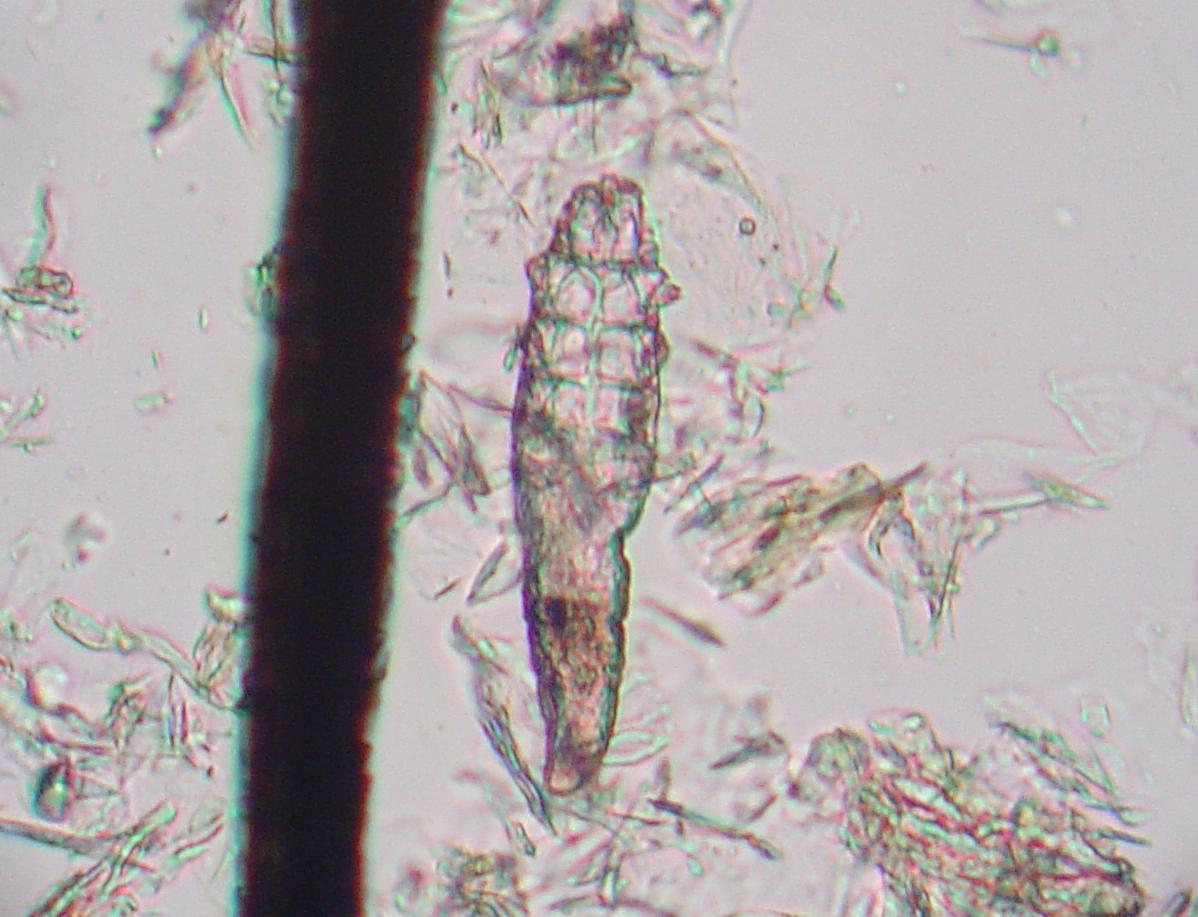
Here’s something that might make you uncomfortable: you’re currently hosting a thriving mite community on your body. Demodex mites, also known as face mites, live in the hair follicles and sebaceous glands of virtually every adult human on Earth. These microscopic residents emerge at night to mate on your skin’s surface, then retreat back into their follicular homes before dawn.
Before you start scrubbing your face frantically, consider this: these mites are actually beneficial roommates. They consume dead skin cells and excess oils, essentially providing you with a free cleaning service. Most people live in perfect harmony with their mite populations, never experiencing any symptoms of their presence.
The relationship becomes even more fascinating when you consider that different mite species prefer different parts of your body. Some specialize in eyelash follicles, others prefer the oily zones around your nose, and still others inhabit the hair follicles on your scalp. You’re not just hosting mites; you’re supporting a complex ecosystem of specialized microorganisms.
Ecosystem Engineers Operating in Miniature
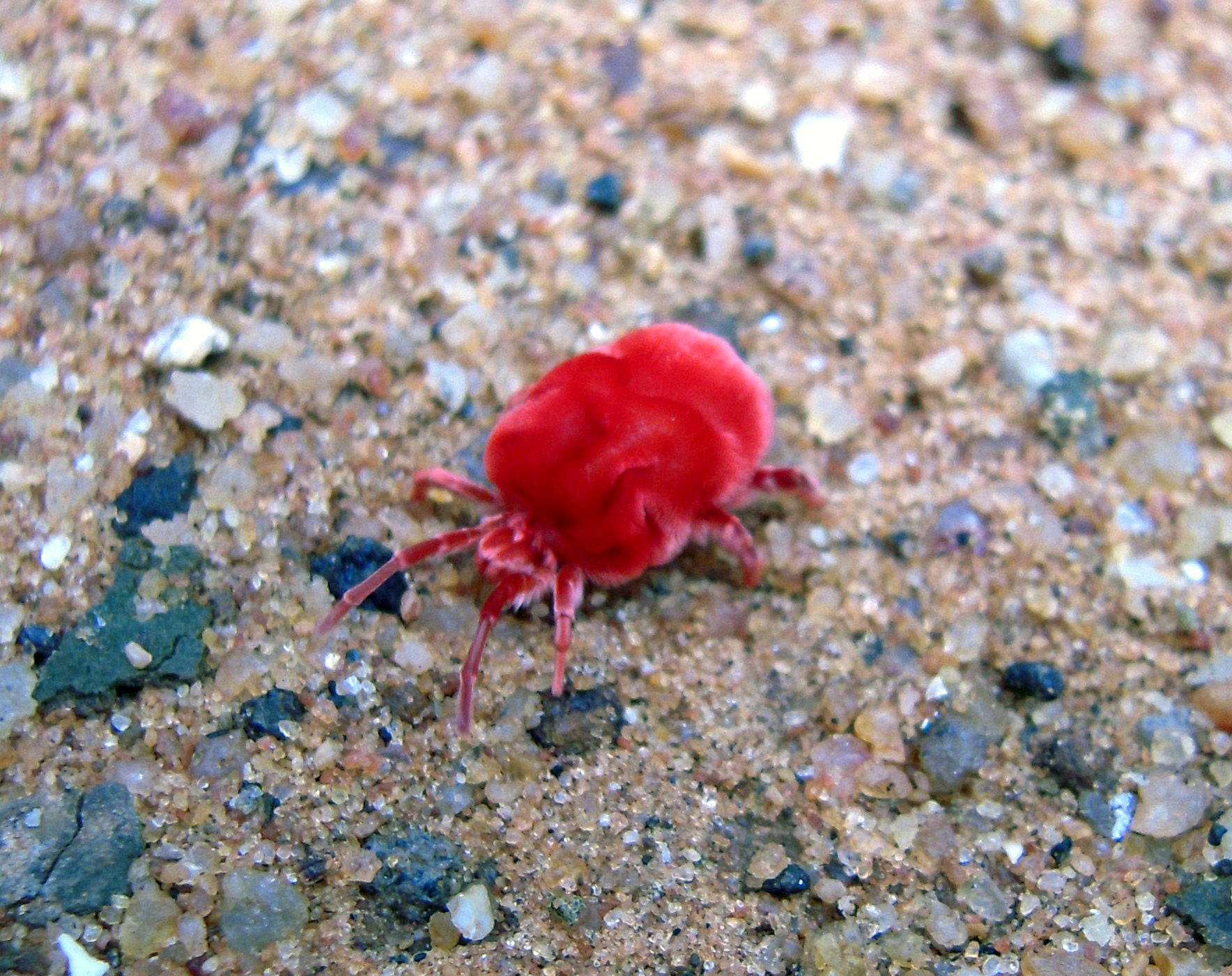
While mites might seem insignificant due to their size, they function as crucial ecosystem engineers on a microscopic scale. In soil environments, mites play vital roles in decomposition processes, breaking down organic matter and cycling nutrients that larger plants depend on for survival. A single handful of forest soil can contain thousands of mites, each contributing to the complex web of underground life.
Many mites serve as important predators, controlling populations of even smaller organisms like nematodes, springtails, and other microscopic creatures. This predatory behavior helps maintain ecological balance in ways that often go unnoticed by human observers. Some species are so specialized that they hunt specific prey using sophisticated chemical detection systems.
In aquatic environments, mites contribute to food webs by serving as prey for small fish and invertebrates, while also controlling populations of algae and bacteria. Their role as both predator and prey makes them essential links in energy transfer throughout aquatic ecosystems.
Remarkable Reproductive Strategies
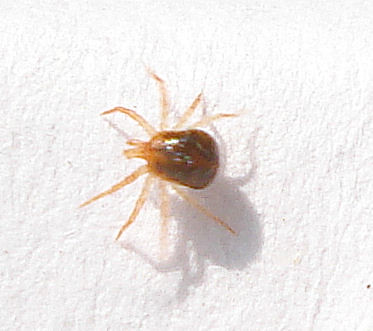
The reproductive capabilities of mites border on the extraordinary, contributing significantly to their success as a group. Many species reproduce through parthenogenesis, meaning females can produce offspring without mating, essentially creating genetic clones of themselves. This ability allows a single individual to establish an entire population in a new environment.
Some mite species can complete their entire life cycle in as little as five days under optimal conditions, producing multiple generations in the time it takes larger animals to reach sexual maturity. This rapid reproduction rate means that mite populations can explode quickly when resources become available, allowing them to capitalize on opportunities that other organisms might miss.
The diversity of mite mating behaviors is equally impressive. Some species engage in elaborate courtship rituals involving chemical signals and physical displays, while others have evolved complex sex determination systems that ensure optimal population genetics. Male mites in certain species are so specialized for reproduction that they exist solely to mate, living only long enough to pass on their genes.
Ancient Survivors from Prehistoric Times
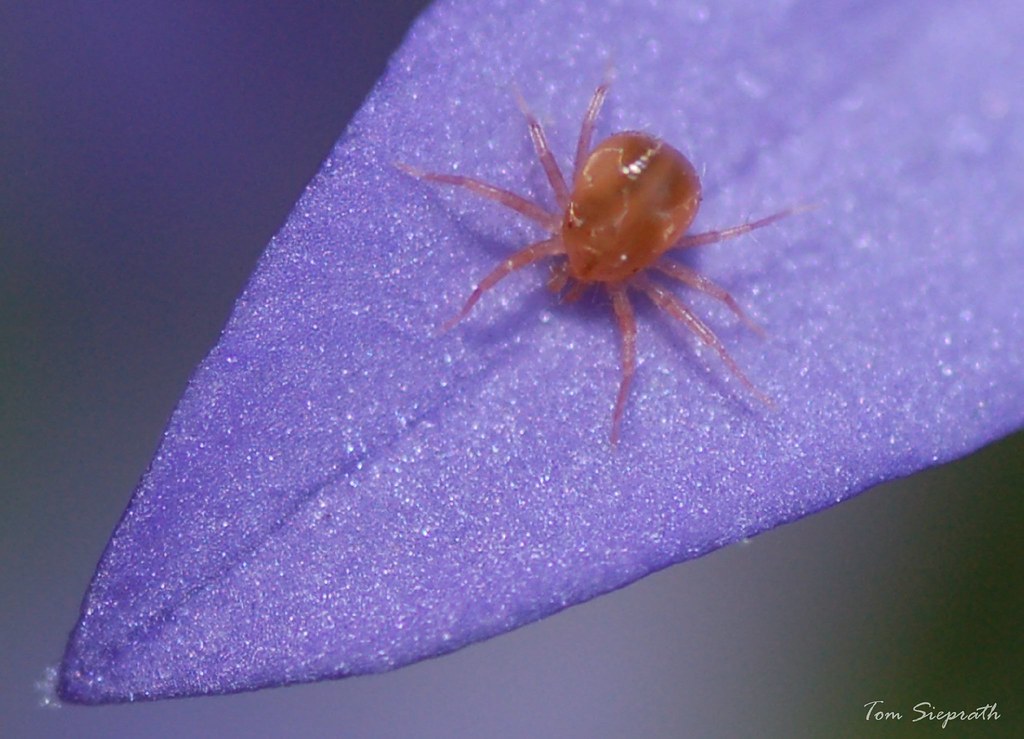
Mites are evolutionary success stories that have been perfecting their survival strategies for over 400 million years. Fossil evidence suggests that mites were among the first arthropods to colonize terrestrial environments, making them pioneers in the transition from sea to land. Their ancient lineage has given them time to develop incredibly sophisticated adaptations to virtually every environmental challenge Earth can present.
During mass extinction events that eliminated dinosaurs and countless other species, mites not only survived but often thrived in the ecological chaos that followed. Their small size, diverse feeding strategies, and ability to enter dormant states helped them weather catastrophic environmental changes that proved fatal to larger, more specialized organisms.
The evolutionary plasticity of mites is remarkable, with different lineages developing radically different body plans and lifestyles over millions of years. Some have evolved to be aquatic, others aerial, and still others have become highly specialized parasites or predators.
The Hidden World of Mite Communication
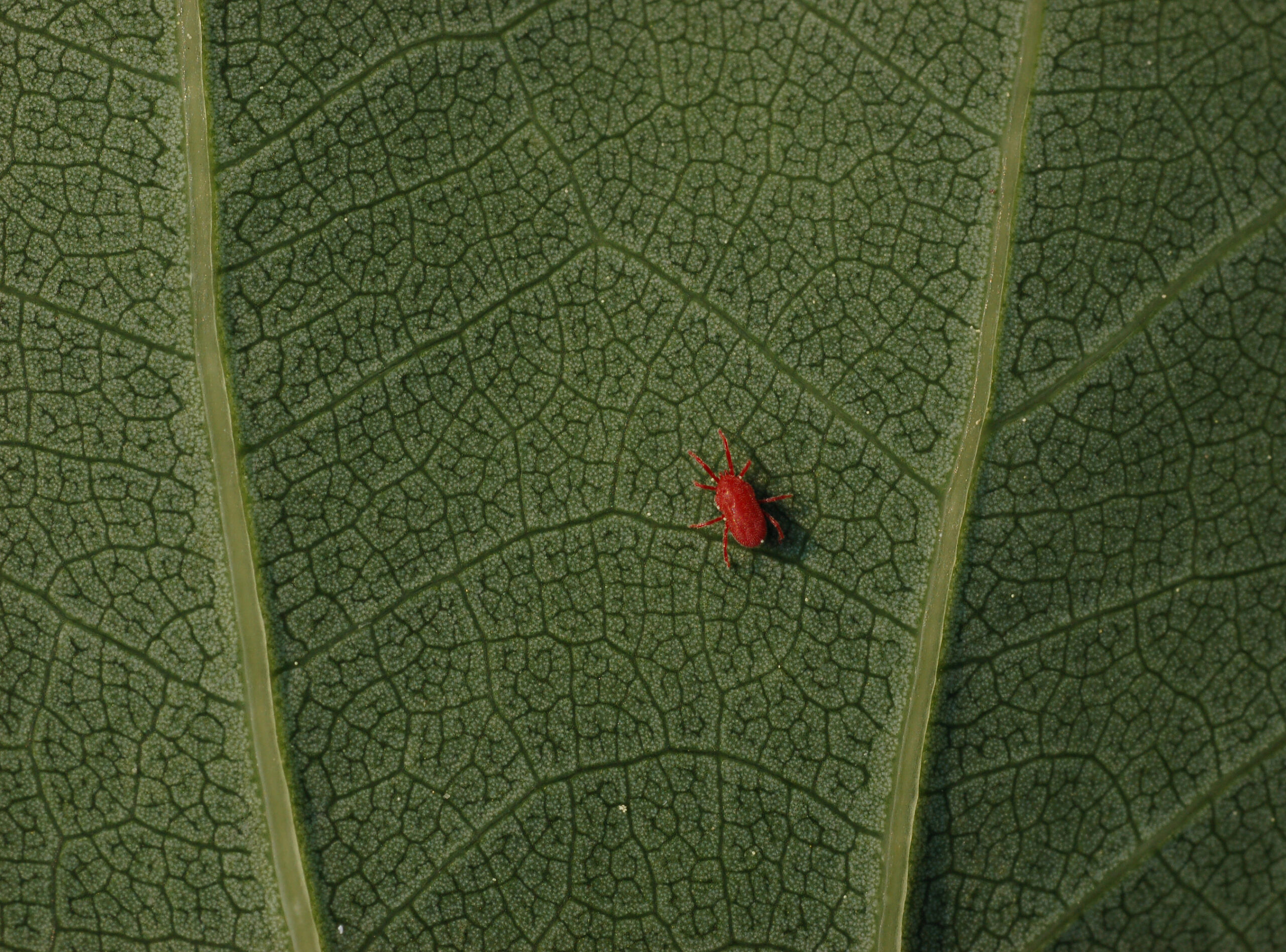
Despite their microscopic size, mites have developed sophisticated communication systems that rival those of much larger animals. Many species use chemical signals called pheromones to communicate with potential mates, mark territories, and coordinate group behaviors. These chemical messages can convey complex information about individual identity, reproductive status, and even local environmental conditions.
Some mites produce vibrations or sounds by rubbing body parts together, creating acoustic signals that travel through the substrates they inhabit. These vibrations can warn of predators, attract mates, or establish territorial boundaries in ways that are completely invisible to human observers.
Recent research has revealed that certain mite species engage in forms of social behavior, including cooperative hunting and shared parental care. While they may not build complex societies like ants or bees, their social interactions demonstrate that meaningful communication and cooperation can exist at the smallest scales of life.
Specialized Hunters with Microscopic Precision
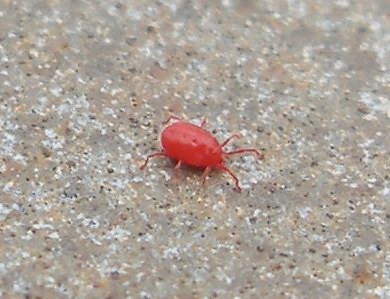
The predatory abilities of mites are nothing short of remarkable, with many species evolving highly specialized hunting strategies. Some mites are ambush predators that wait motionless for prey to pass within striking distance, then attack with lightning-fast precision. Others are active hunters that track their prey using sophisticated sensory systems that can detect minute chemical gradients.
Certain predatory mites have evolved to be incredibly specific in their hunting preferences, targeting only particular species or even specific life stages of their prey. This specialization allows them to become extremely efficient hunters within their chosen niches, often controlling pest populations more effectively than chemical pesticides.
The hunting tools of predatory mites are equally impressive, including modified mouthparts that function as precision instruments for capturing and consuming prey. Some species inject enzymes into their victims to pre-digest tissues, while others use mechanical force to pierce through tough exoskeletons.
Symbiotic Relationships That Defy Logic
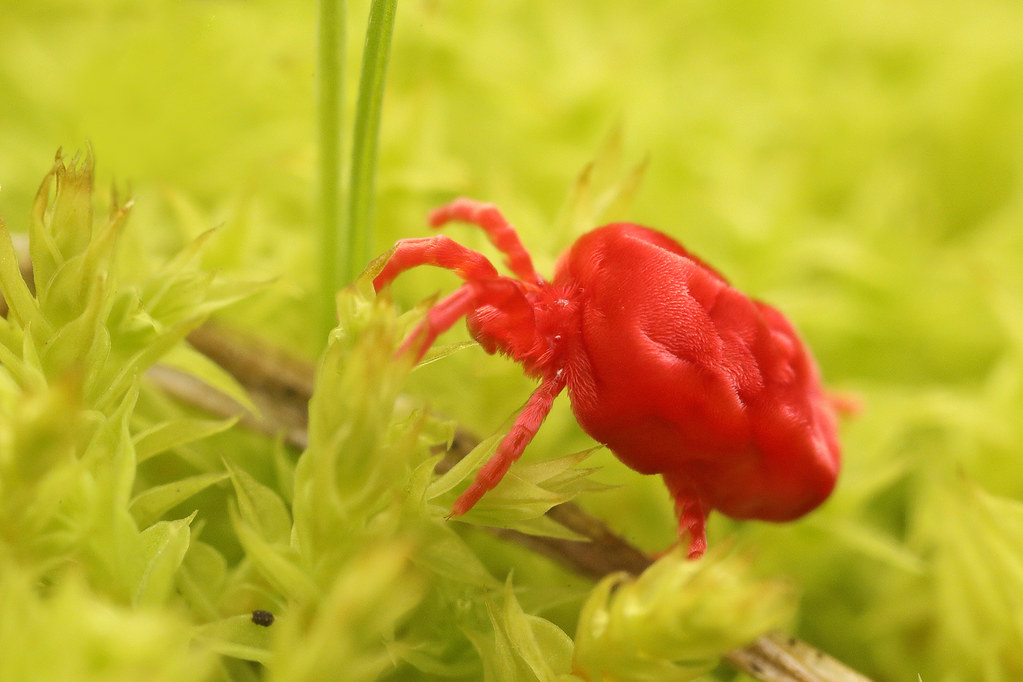
Many mites have evolved intricate symbiotic relationships with other organisms, creating partnerships that benefit both parties in unexpected ways. Some mites live exclusively on specific species of birds, cleaning parasites from feathers and eating dead skin cells, while receiving protection and transportation in return. These relationships are so specialized that certain mites can only survive on particular bird species.
Plant-dwelling mites often form mutually beneficial relationships with their host plants, consuming harmful fungi and bacteria while receiving shelter and nutrients from plant tissues. Some of these relationships are so intimate that the plants have evolved specialized structures called domatia specifically to house their mite partners.
Perhaps most surprisingly, some mites have formed partnerships with other mites, creating multi-species communities where different species perform specialized roles. These micro-ecosystems demonstrate that complex ecological relationships can exist at scales far smaller than most people imagine.
Climate Change Champions
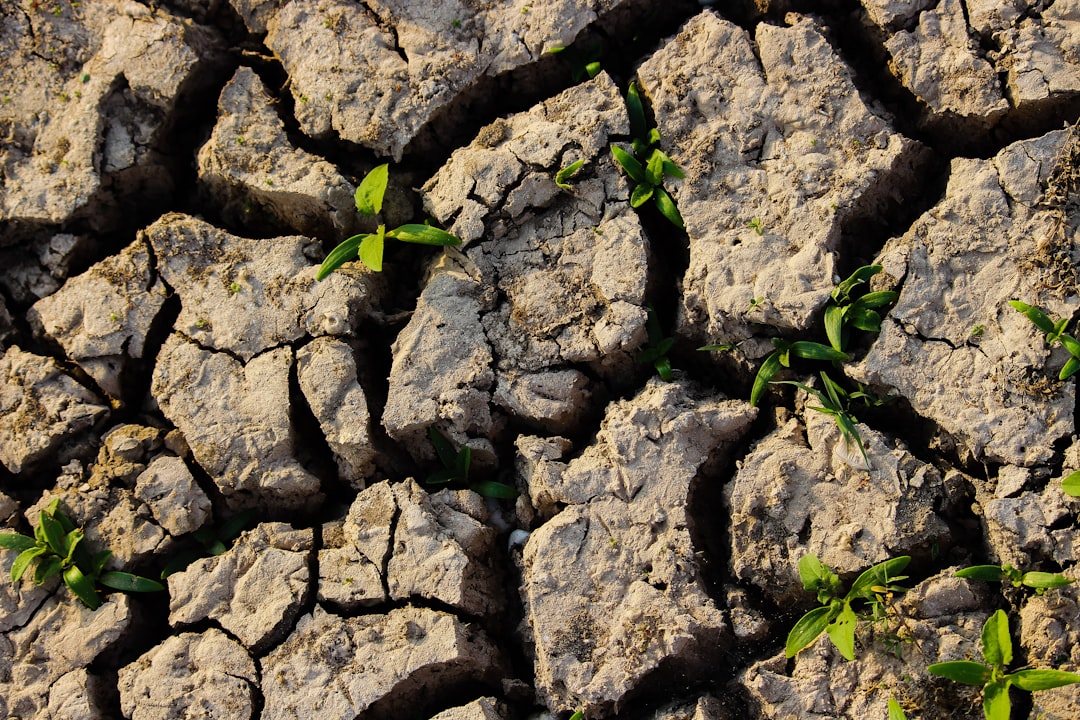
As global climate patterns shift and environmental conditions become increasingly unpredictable, mites are demonstrating remarkable resilience and adaptability. Their ability to rapidly evolve and adapt to new conditions positions them as potential winners in a changing world. Many species are already expanding their ranges as temperatures rise and weather patterns shift.
The physiological flexibility of mites allows them to adjust their metabolism, reproduction rates, and behavior in response to environmental changes. This adaptability, combined with their short generation times, means that mite populations can evolve new traits within years rather than decades or centuries.
Some researchers suggest that studying mite adaptations to climate change could provide valuable insights for conservation efforts focused on larger, more vulnerable species. Their success strategies might offer blueprints for helping other organisms survive in rapidly changing environments.
Medical Marvels and Pharmaceutical Potential
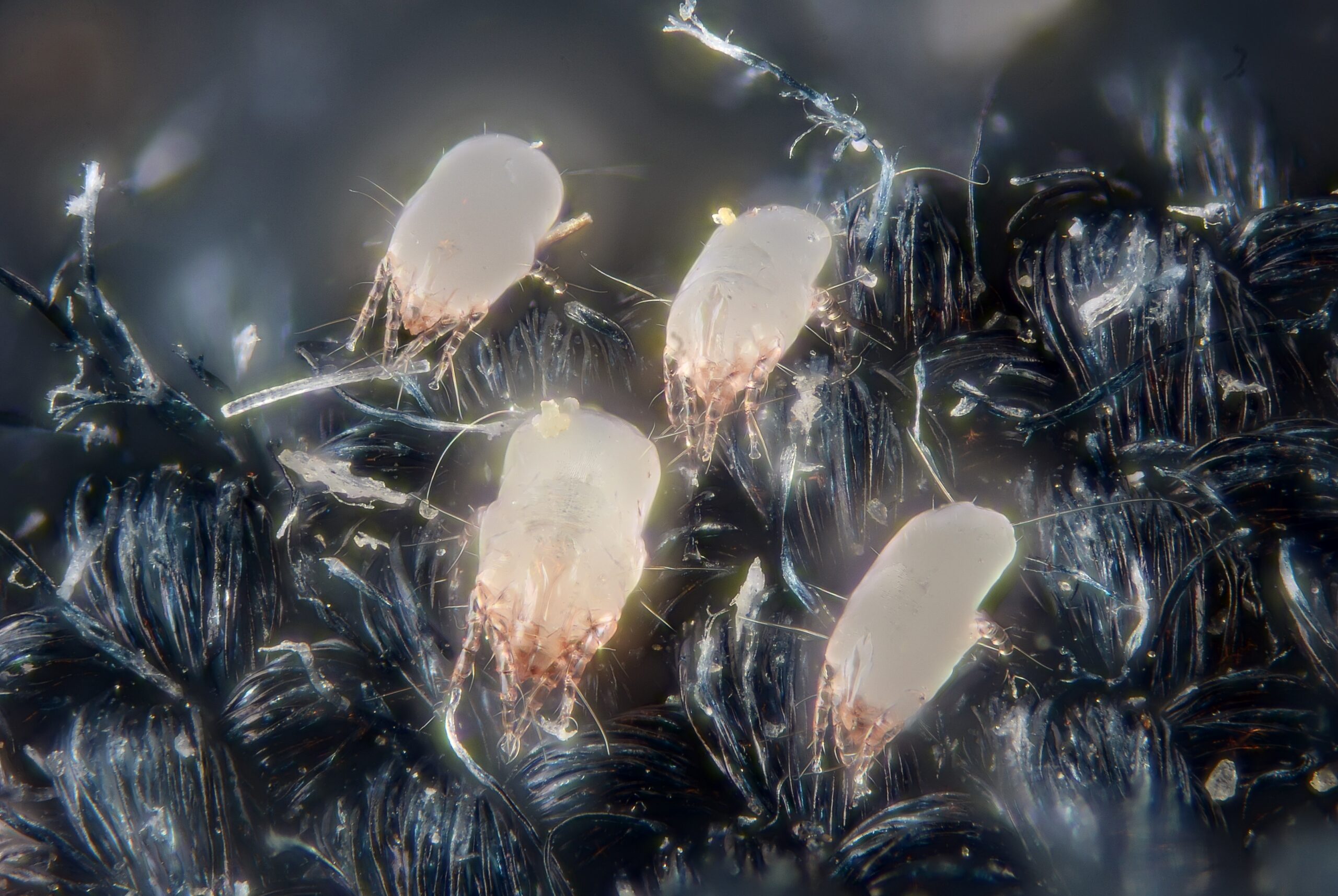
The medical and pharmaceutical industries are beginning to recognize the potential value of mite-derived compounds and biological processes. Some mites produce powerful antimicrobial compounds that could be developed into new antibiotics or antifungal medications. Their ability to survive in extreme conditions has also attracted interest from researchers developing new preservation techniques for biological materials.
The enzymes produced by mites for digestion and prey capture are being studied for potential applications in biotechnology and industrial processes. These biological catalysts often work under conditions that would denature conventional enzymes, making them valuable for specialized applications.
Additionally, the immune systems of mites are being investigated for insights into disease resistance and longevity. Their ability to repair cellular damage and resist environmental toxins could provide clues for developing new medical treatments for humans.
The Dark Side of Mite Success
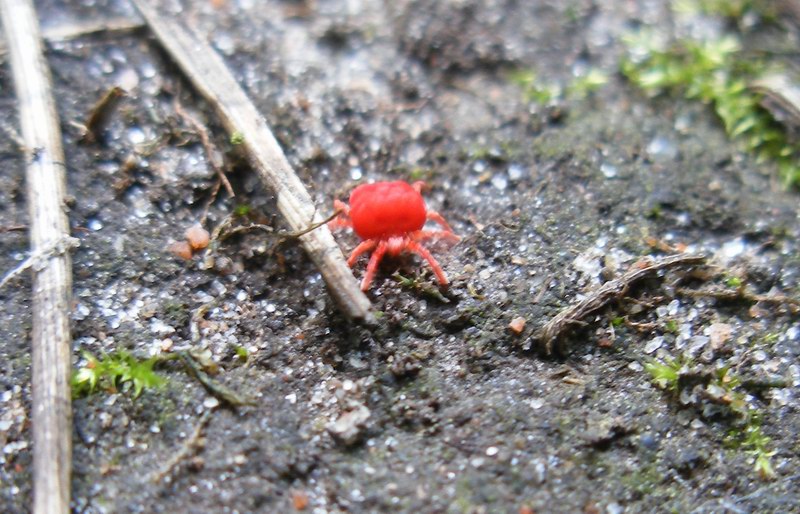
Uploaded by Jacopo Werther, CC BY 2.0, https://commons.wikimedia.org/w/index.php?curid=25061343)
While mites’ success is undeniably impressive, it’s not without consequences for other organisms, including humans. Some mite species have become serious agricultural pests, causing billions of dollars in crop damage annually. Spider mites, for example, can devastate plant crops by feeding on cellular contents, leaving behind characteristic stippling damage that weakens plants.
Parasitic mites pose threats to both wild and domestic animals, with some species capable of transmitting serious diseases. Varroa mites have contributed to colony collapse disorder in honeybee populations worldwide, threatening both natural pollination systems and commercial beekeeping operations.
The rapid evolution and adaptation capabilities that make mites successful also make them formidable opponents when they become pests. Their ability to quickly develop resistance to pesticides and adapt to control measures makes them particularly challenging to manage in agricultural and medical contexts.
Mites as Indicators of Environmental Health
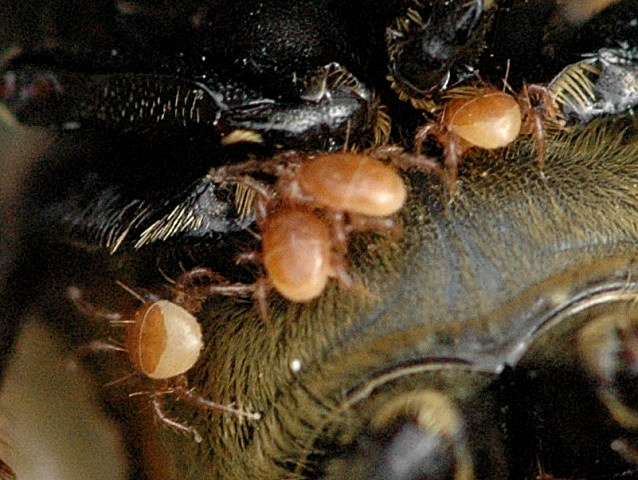
Scientists increasingly recognize mites as valuable indicators of environmental health and ecosystem stability. Because they’re sensitive to environmental changes and have rapid reproduction cycles, mite populations can serve as early warning systems for ecological problems. Changes in mite diversity or abundance often signal broader environmental issues before they become apparent in larger, more visible organisms.
In soil ecosystems, mite communities reflect the health of decomposition processes and nutrient cycling. Healthy soils typically support diverse mite populations, while degraded soils show reduced mite diversity and abundance. This relationship makes mites valuable tools for monitoring soil health and ecosystem recovery.
Aquatic mites serve similar functions in freshwater environments, with their populations indicating water quality and ecosystem health. Their presence or absence can reveal pollution levels, habitat degradation, and the overall stability of aquatic food webs.
Future Frontiers in Mite Research

The field of mite research is experiencing rapid growth as new technologies allow scientists to study these tiny creatures in unprecedented detail. Advanced imaging techniques are revealing previously unknown aspects of mite anatomy and behavior, while genetic sequencing is uncovering the evolutionary relationships between different mite lineages.
Researchers are also exploring the potential applications of mite biology in fields ranging from robotics to materials science. The mechanical properties of mite exoskeletons and their attachment systems are inspiring new designs for microscale machines and adhesives.
As our understanding of mite ecology expands, scientists are discovering new species at an accelerating rate, with many remaining unnamed and unstudied. This vast undiscovered diversity suggests that mites may hold keys to understanding fundamental biological processes and developing new technologies that could benefit humanity.
Conclusion
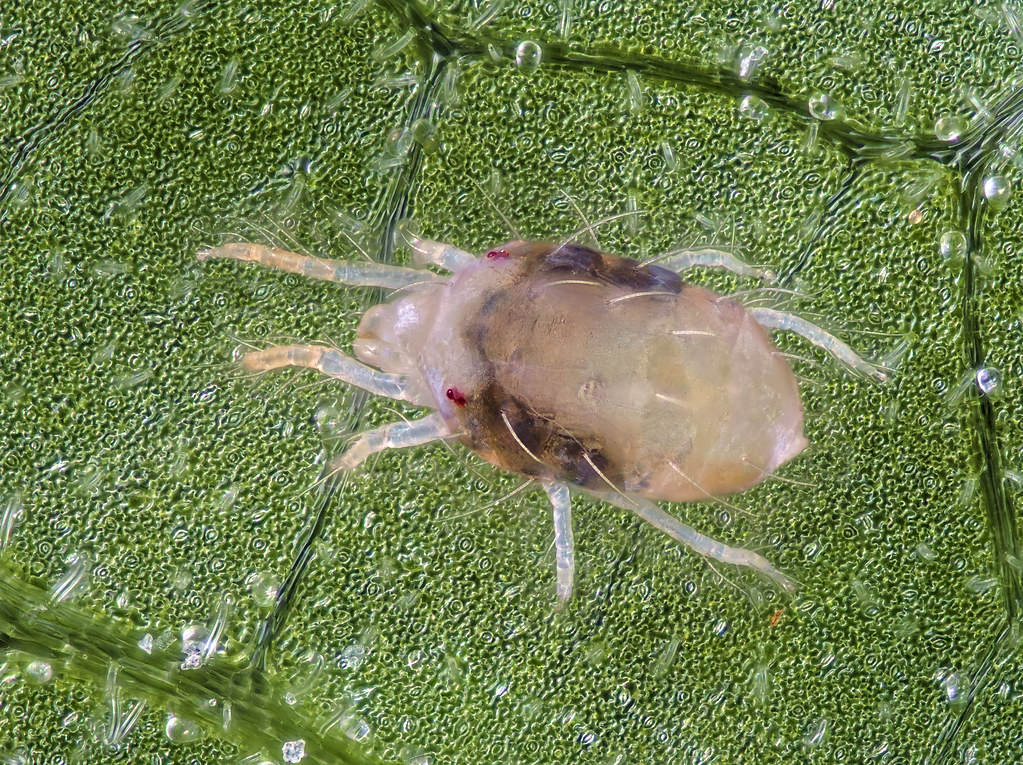
The evidence is overwhelming: mites are indeed among the most successful creatures on Earth, having mastered the art of survival in ways that larger, more conspicuous animals never could. Their incredible diversity, adaptability, and sheer abundance make them true champions of evolution. From the deepest ocean trenches to the highest mountain peaks, from frozen Antarctic valleys to scorching desert sands, mites have claimed territory everywhere life can exist.
While we may never see them clearly with our naked eyes, these microscopic marvels are constantly shaping the world around us, cycling nutrients, controlling populations, and maintaining the delicate balance of ecosystems. Their success story challenges our assumptions about what it means to thrive on Earth and reminds us that sometimes the smallest players have the biggest impact.
Next time you step outside, remember that you’re entering a world dominated not by the creatures you can see, but by the countless invisible mites that have been perfecting their survival strategies for hundreds of millions of years. Could anything be more humbling than realizing we share our planet with such microscopic masters?

